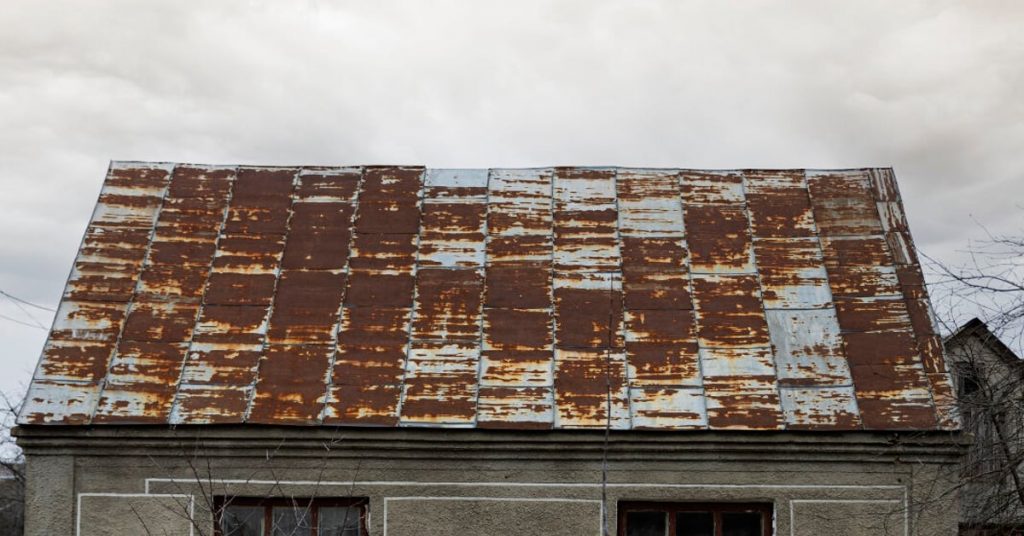
Abandoned houses are remnants of the past that hold stories and secrets. Explore their histories, architectural significance, and the reasons behind their abandonment.
Abandoned houses are a fascinating subject that has intrigued many throughout history. They represent a juxtaposition between the vibrant lives once lived there and the inevitable decay that time brings. Each crumbling wall and broken window tells a story, whispering echoes of the past to anyone who dares to listen. Understanding these structures provides valuable insights into social, economic, and cultural trends over the years.
The reasons for abandonment can vary widely. Economic hardships, natural disasters, urban sprawl, and personal circumstances often lead to home abandonment. As families and communities change, houses that were once filled with laughter and love can fall silent and empty, becoming shadows of their former selves. This phenomenon not only impacts the immediate neighborhood but can also lead to broader societal implications.
The historical context of abandoned houses tells a compelling tale about societal shifts. For instance, the Great Depression in the 1930s left many families in financial ruin, resulting in numerous properties being left by their owners. Similarly, urbanization led many rural inhabitants to migrate to cities in search of better opportunities, thus leaving behind homes that once housed thriving communities.
During the post-World War II era, the United States experienced an economic boom that prompted a migration from inner cities to suburbs. This movement resulted in the abandonment of various urban homes as people sought more space and greener environments. The cycle of abandoning and reclaiming houses continues today, with trends such as gentrification leading to both revitalization and further abandonment in some neighborhoods.
Abandoned houses can serve as a glimpse into the architectural styles of different eras. From Victorian mansions adorned with intricate woodwork to mid-century ranch-style homes, each structure has its own unique characteristics that reflect the cultural values of the time in which it was built. These houses often include details such as bay windows, ornate fireplaces, and intricate moldings, representing the craftsmanship of their builders.
The decline of specific architectural styles can also lead to abandonment. As tastes change, homes that were once considered desirable may fall out of favor, leading to neglect and disrepair. Moreover, the cost of upkeep for older homes can be prohibitive, resulting in difficult choices for homeowners who may be unable to afford the necessary repairs. As a result, many beautiful structures are left to deteriorate, offering an eerie yet fascinating glimpse into the past.
The phenomenon of urban exploration, often abbreviated as ‘urbex,’ has grown in popularity as thrill-seekers venture into abandoned houses and other derelict structures. This practice allows individuals to engage with history and experience the fascinating stories embedded in these places. Urban explorers often document their findings through photography and writing, bringing awareness to the cultural significance of these abandoned spaces.
However, urban exploration can come with significant risks, including legal issues, safety hazards, and ethical considerations. Many locations are privately owned, and trespassing can lead to penalties. Moreover, the crumbling state of these structures can pose dangers from unstable floors, broken glass, and the presence of hazardous materials. It is crucial for explorers to prioritize safety while respecting the history and significance of these places.
As interest in abandoned houses grows, so do efforts to preserve and restore these historic structures. Preservationists recognize the cultural significance of these homes and work diligently to save them from the brink of demolition and decay. Organizations and individuals advocate for preservation by sharing the history of these houses and emphasizing their architectural value.
Restoration efforts vary from simple repairs to extensive renovations that aim to preserve the original character of a home. Charitable organizations often spearhead these projects to transform derelict properties into valuable community resources, such as museums or community centers. These efforts not only help retain the architectural heritage but also stimulate local economies by reviving neighborhoods that may have suffered from urban blight.
Abandoned houses often possess rich cultural significance, symbolizing hope, decay, and the passage of time. They can serve as powerful reminders of the lives that once filled their walls, embodying the profound narratives of families, dreams, and historical contexts. For artists and writers, these structures often become muse, inspiring creativity rooted in themes of loss and nostalgia.
The symbolism connected to abandoned houses can vary widely. They can represent loss and despair, yet also resilience and potential. As urban landscapes change and evolve, these remnants of the past provoke contemplation about societal values and what is lost and gained in the process of progress. Abandoned houses can incite a sense of wonder, compelling individuals to ponder over what stories lay hidden behind their closed doors.
Abandoned houses are far more than mere empty structures; they serve as portals into the past, capable of telling stories that span generations. From historical contexts to architectural styles and their socio-cultural implications, these places continue to capture the imagination of society. The willingness of individuals and organizations to restore and preserve these homes speaks to their inherent value and the lessons they convey.
Engaging with abandoned houses allows for a deeper understanding of heritage, history, and community. They encourage exploration and appreciation of the stories embedded in our surroundings and remind us of the delicate balance between progress and preservation. Whether you are an urban explorer, a historian, or simply an admirer of architecture, abandoned houses remain an irresistible subject worthy of exploration, reflection, and action.